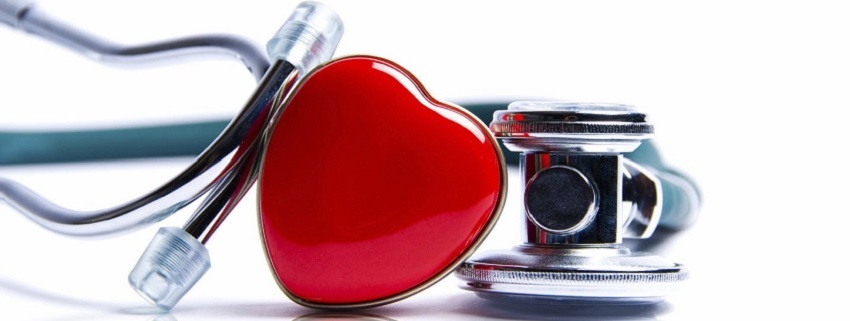Video:Heartbeat

Video & Audio Journal : Heartbeat
When did your heart start to beat?
21 days after fertilization - the heart begins to beat. By 4 weeks, the heart typically beats between 105 and 121 times per minute.
Hearing the Fetal Heartbeat
Doctors use several different methods to listen to the fetal heartbeat. At about 3 weeks when the heart first begins to beat, the sound of the little heart is too soft to hear. Very soon after this, they can see the motion using ultrasound technology. A doctor's stethoscope is not sensitive enough to hear the embryo's heart beating.
A special stethoscope called a fetoscope works well when the fetus is larger, usually around 15-17 weeks. An active fetus however, can make this method of listening a bit challenging. Often when the fetoscope is finally in the right place on the woman's belly, her fetus will change positions and the doctor must move the stethoscope again in search of the fetal heartbeat.
The presence of a fetal heartbeat confirms pregnancy, as long as doctors are certain to distinguish the fetal heartbeat from the mother's. Usually this is not difficult as the fetus has a much faster heart rate than the mother.
Listen to the Foetal Heartbeat beating at 150 beats per minute
See how the heart develops from 18 days
Listen and see the tiny heartbeat at 28 days
Listen to the heartbeat at 7 weeks
Listen to the heartbeat at 8 weeks
Listen to the heartbeat at 11 weeks
Listen to the heartbeat at 13.5 weeks
Taken with a doppler ultrasound
Listen to the heartbeat at 17 weeks
Norm and Debra Copeland - This is our baby's heartbeat at 17wks. The random blips are the baby moving!
This is what the mothers heartbeat sounds like to the child in the womb
Beating heart at 4.5 weeks
Beating heart at 5.5 weeks
[1]. F Gary Cunningham, Paul C. MacDonald, Norman F. Grant, et al., Williams Obstetrics, 20th ed. (Stamford: Appleton and Lange, 1997), 30
Links
https://www.justthefacts.org/g...